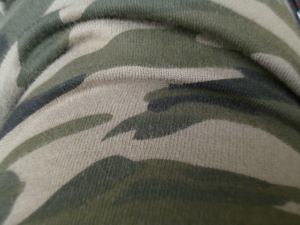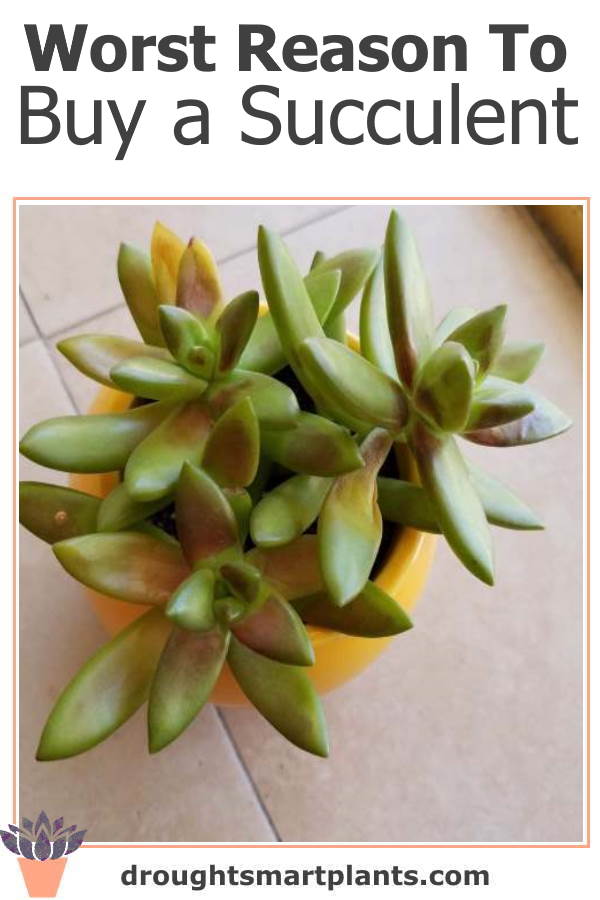or; Run, Fast in the Other Direction!
So you’re in a large box store, and you see their display of succulent plants.
From a distance, they look okay, but as you draw closer, it’s obvious that whoever they pay minimum wage to look after them is doing their moneys worth.
Most of them are drenched and sodden. Some are even showing signs of rotting stems.
Many of them are pale and drawn, stretching to reach more light.
My Guest Writer today is Camo Paisley, a horticulturist and killer of many houseplants. She’s grown and murdered succulents for the past decade, and she’s proud of it.

Some are so leggy and etiolated that they’ve given up, and are hanging over the edges of their pots.

The worst reason to buy a succulent plant is because you feel sorry for it.
The very thing that attracts you to a plant that’s in sorry shape is the thing that could transfer to all of your other plants, giving you more grief than you can imagine.
Succulents, once they’re badly treated, hardly ever can recover.
This is especially true for plants that are grown in a large facility, because they often use soil mixes that are specifically developed for the ability to hold water, so they don’t have to water much.
The conditions in your home are much different; poor lighting, overwatering and lots of competition for your attention.
Good thing they’re best at benign neglect – meaning, you can put them on ignore and they like this.
The First Thing to Do (once you get your poor salvaged plant home)
So against all advice to the contrary, you bought the plant anyway, convinced that all it needs is a little bit of love.
Even if they survive, they won’t thrive in your conditions as it is now. And they’ll be weakened from the bad treatment they’ve received already and be susceptible to any bugs or pests that happen to be in the area.
Whatever you do, if you fall into the trap of actually buying one of these poor creatures, don’t put it right in among the rest of your collection.
Keep it isolated, well away from any other plants. This will at least give it a fighting chance to recover before it meets up with any of the dreaded pests that can attack them, like aphids, mealy bugs or scale.
Give it bright light, but not full sun, and don’t water it much at all.
Quite often, the soil they use in commercial greenhouses is not suited to growing succulents in – it’s usually peat based potting soil with a bit of perlite in so it holds way too much moisture.
Realistically, the best way to deal with these plants is to simply use them as propagating material. The plant with lots of tentacles is a better bet to get cuttings from – just chop it up into pieces and discard the pot and soil.

